I am writing some python code and I am receiving the error message as in the title, from searching this has to do with the character set.
Here is the line that causes the error
hc = HealthCheck("instance_health", interval=15, target808="HTTP:8080/index.html")
I cannot figure out what character is not in the ANSI ASCII set? Furthermore searching "\xe2" does not give anymore information as to what character that appears as. Which character in that line is causing the issue?
I have also seen a few fixes for this issue but I am not sure which to use. Could someone clarify what the issue is (python doesn't interpret unicode unless told to do so?), and how I would clear it up properly?
EDIT: Here are all the lines near the one that errors
def createLoadBalancer():
conn = ELBConnection(creds.awsAccessKey, creds.awsSecretKey)
hc = HealthCheck("instance_health", interval=15, target808="HTTP:8080/index.html")
lb = conn.create_load_balancer('my_lb', ['us-east-1a', 'us-east-1b'],[(80, 8080, 'http'), (443, 8443, 'tcp')])
lb.configure_health_check(hc)
return lb
